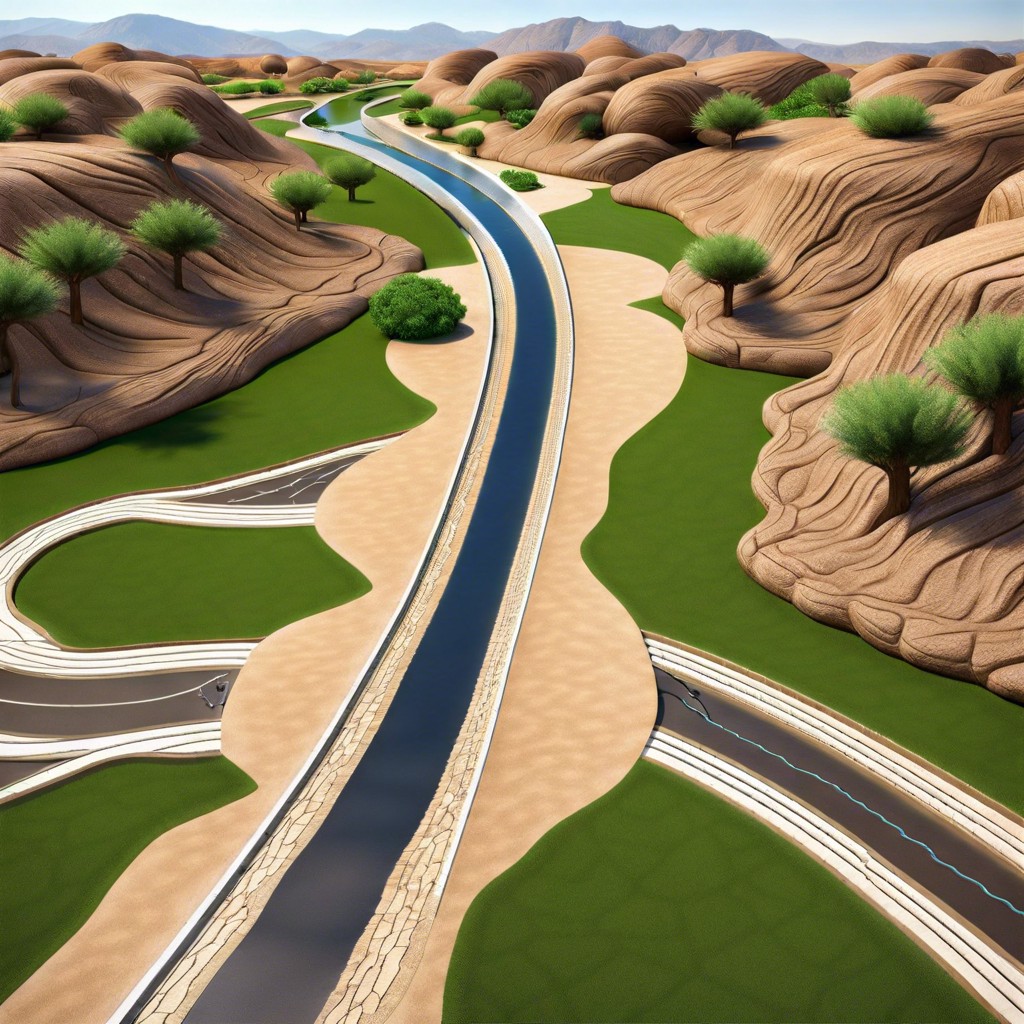Xeriscaping is a landscaping technique that uses native plants and other water-conserving strategies to reduce water usage. It conserves water by using drought-tolerant plants, mulching, efficient irrigation systems, and other techniques.
Xeriscaping is an innovative landscaping technique that uses water-wise plants and efficient irrigation systems to conserve water. It’s a great way to reduce your water bill while still having a beautiful outdoor space.
In this blog post, we’ll explore what xeriscaping is and how it can help you save on your water bills. We’ll also discuss the benefits of xeriscaping for the environment and compare it to traditional lawn care methods.
We’ll look at some tips for getting started with xeriscaping in your own yard.
Xeriscaping
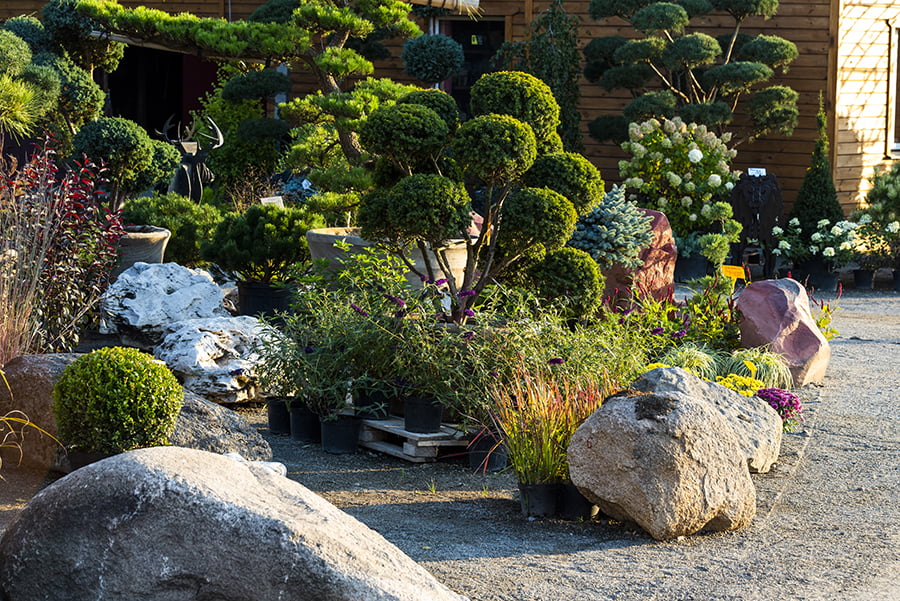
It is designed to reduce or eliminate the need for supplemental irrigation, which can be expensive and wasteful. Xeriscaping typically involves selecting drought-tolerant plants that require little or no additional watering once established, grouping plants with similar water needs together, using mulch to retain moisture in the soil, and creating efficient irrigation systems.
These practices help reduce runoff from overwatering and minimize evaporation losses from exposed soil surfaces. Xeriscaping can help create attractive outdoor spaces while reducing maintenance costs associated with traditional lawns.
Water Conservation
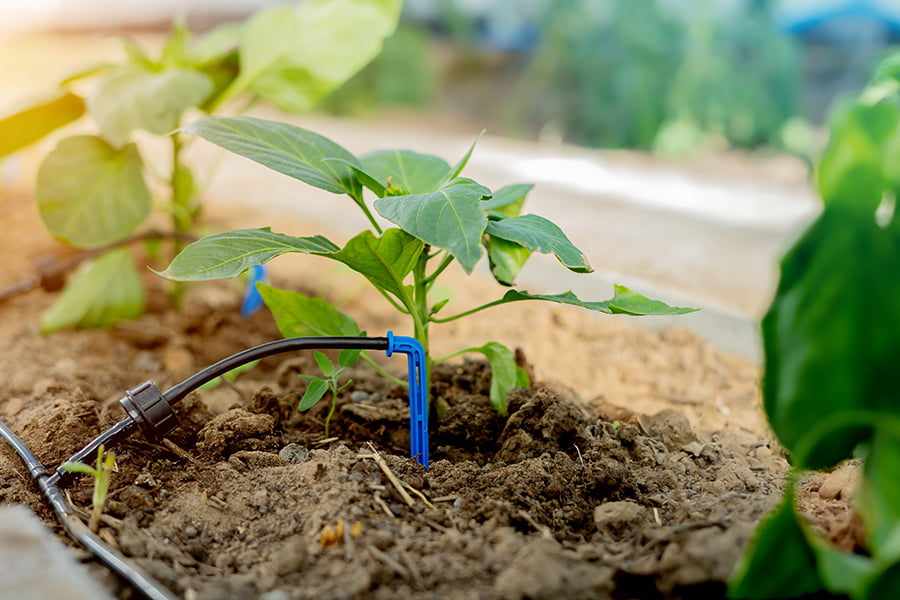
It involves selecting drought-tolerant plants, grouping them together based on their water needs, and using mulch or other materials to reduce evaporation from the soil. Xeriscaping often includes the use of efficient irrigation systems such as drip irrigation or soaker hoses which deliver water directly to the roots of plants instead of spraying it over large areas.
By using these methods, xeriscaping can help conserve up to 70% more water than traditional landscaping methods.
Drought-tolerant Plants
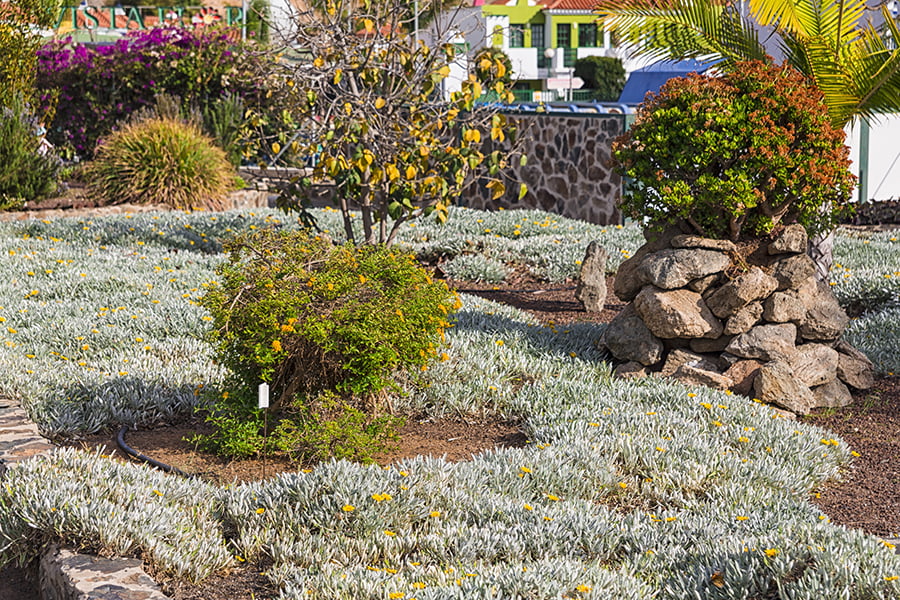
These plants are specially chosen for their ability to survive in dry climates and require minimal watering. They are often native species, adapted to the local climate and soil conditions, which makes them more resilient and less likely to need additional water or fertilizer.
Drought-tolerant plants can also help reduce runoff from heavy rains, as they absorb more of the moisture than traditional lawns do. These types of plants typically require less maintenance than other types of landscaping, saving time and money on upkeep costs.
Mulching
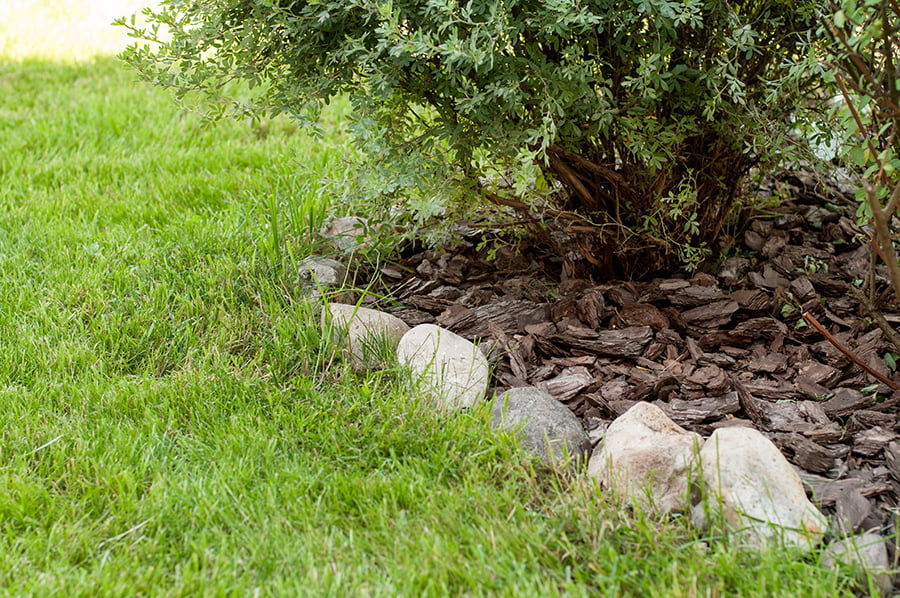
Mulch is any material used to cover the soil in a garden or landscape. It helps retain moisture in the soil and reduce evaporation, meaning less water needs to be added for plants to survive.
Mulch also prevents weeds from growing, reducing the need for herbicides and other chemicals that can contaminate groundwater. Mulch insulates plant roots from extreme temperatures and helps prevent erosion by keeping soil particles together.
Organic mulches like wood chips or bark can add nutrients back into the soil as they decompose over time.
Efficient Irrigation Systems
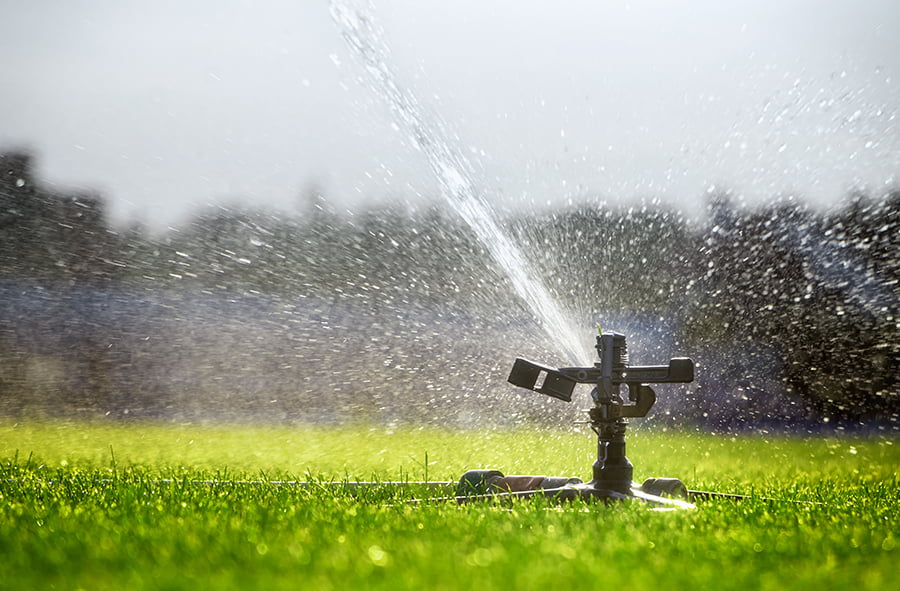
It involves designing landscapes with plants and materials that require minimal water, as well as using efficient irrigation systems to deliver the right amount of water to the right areas. Efficient irrigation systems are designed to use only the necessary amount of water for each plant or area, reducing waste and conserving resources.
These systems can be automated or manual, depending on the needs of the landscape. Automated systems use sensors and timers to detect when plants need watering, while manual systems rely on regular monitoring by a gardener or homeowner.
Both types help reduce over-watering and ensure that plants get just enough moisture without wasting any extra resources.
Soil Amendments
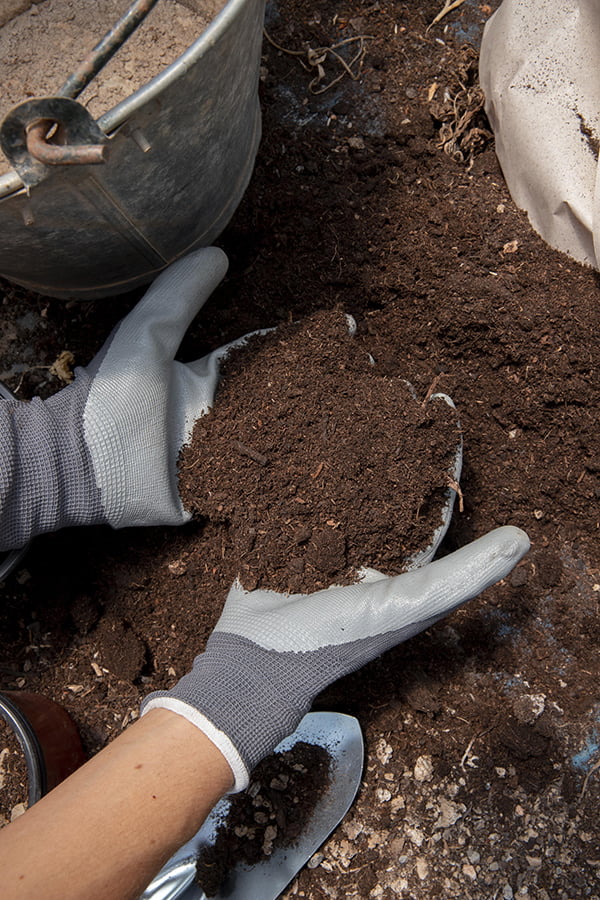
In xeriscaping, soil amendments can be used to help conserve water by improving the soil’s ability to absorb and retain moisture. Soil amendments can also reduce runoff, which helps prevent water from being wasted.
Common types of soil amendments used in xeriscaping include organic matter such as compost or manure, gypsum, lime, and rock dust. Organic matter helps increase the amount of air pockets in the soil which allows for better absorption of water and nutrients.
Gypsum helps break up clay soils so that they are more permeable and allow for better drainage. Lime is often used to raise pH levels in acidic soils so that plants can access essential nutrients more easily.
Rock dust adds minerals back into the soil which improves its fertility while also helping it hold onto moisture longer than it would without them.
Rainwater Harvesting
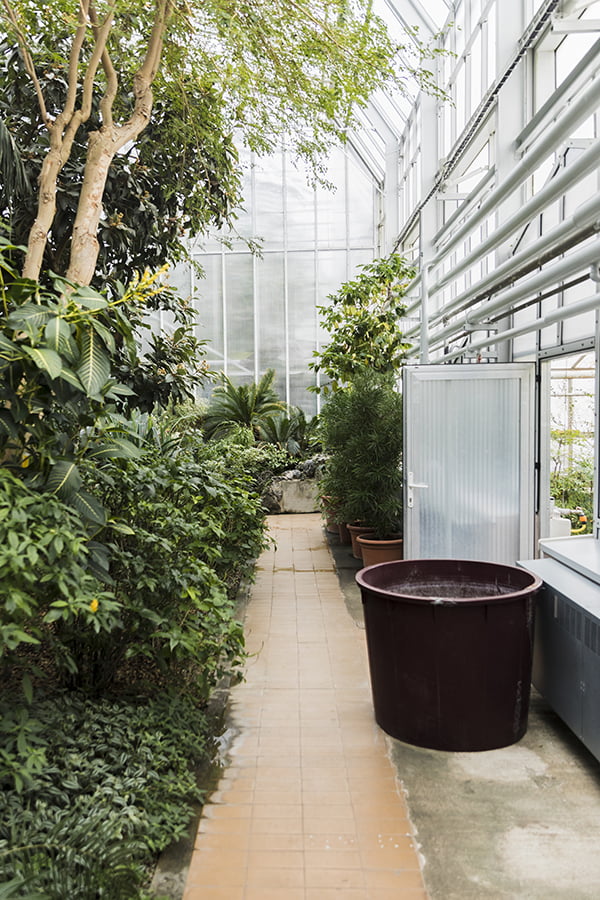
This method of water conservation helps to reduce the amount of water used from municipal sources, such as rivers or lakes. Rainwater harvesting can be done in a variety of ways, including using barrels or tanks to collect and store the rainwater.
The collected rainwater can then be used for irrigation, washing cars, flushing toilets, and other uses around the home or garden. By utilizing this method of xeriscaping, homeowners are able to conserve water while also reducing their monthly utility bills.

